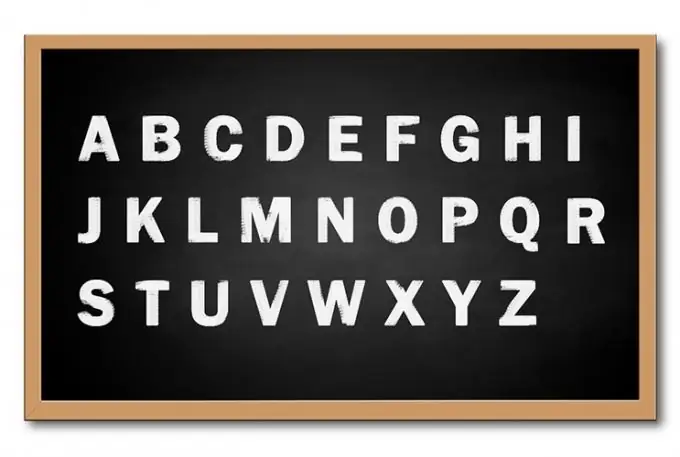Thanks to the rich opportunities for sharing the fruits of creativity provided by the Internet, the creation of amateur photo collages in the modern world has acquired a truly all-encompassing scale. So, sometimes it is enough to write your own words on the picture to make people look at a well-known image in a new way. Freedom of creativity is also promoted by the existence of powerful graphics editors such as GIMP, which are distributed free of charge.

Necessary
graphic editor GIMP 2.x
Instructions
Step 1
Open the picture file on which you want to write words in the graphics editor GIMP. To do this, select the "File" and "Open …" items in the main application menu. The "Open Image" dialog will appear. Select the desired media from the Locations list. In the directory listing, navigate to the directory where the file is located. Highlight the file in the list. Click the "Open" button.
Step 2
Activate the tool for creating text labels. Click on the "Text: Create and Edit Text Layers" button on the toolbar. You can quickly find the tool button by looking at the A-shaped icon.
Step 3
Write your words on the picture. Click and hold the left mouse button anywhere on the image. Move the mouse cursor some distance vertically and horizontally. The frame will stretch after the cursor. Release the mouse button. The frame over the image will remain. A dialog box with a text entry field will also be displayed. Enter your text. Click the Close button.
Step 4
Select the typeface and font size used to display the caption. On the toolbar under Text, click the button next to Font. Will expand the list of typefaces. Click on one of the items. In the Size box, enter your preferred font size. In the list next to the field, select the units of measurement for the entered value (pixels, inches, millimeters, points).
Step 5
Select a color for the text. Click on the button next to "Color" on the toolbar. The "Text Color" dialog is displayed. Choose your preferred color. Click the "OK" button.
Step 6
Set typographic options for displaying text. Select the type of text alignment by clicking one of the buttons next to Justify. In the fields below, enter the values for the indent of the first line of text, line and letter spacing.
Step 7
Place the text box on the desired part of the image. Using the mouse, drag the frame with the text to the part of the image where it should ultimately be located. Move the edges of the frame for more precise positioning of the text layer.
Step 8
Transform the text box if necessary. In addition, process the text using the tools "Rotation", "Scale", "Curvature", "Perspective", "Mirror". All these tools can be activated using the buttons on the taskbar, or from the "Transformations" section of the "Tools" menu.
Step 9
Save a copy of the image with the added caption. Select "File" and "Save As …" from the menu, or press the key combination Shift + Ctrl + S. In the "Save Image" dialog that appears, select the directory where the file will be placed, its name and format. Click the "Save" button.






